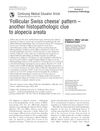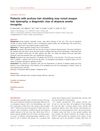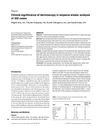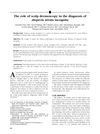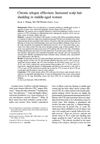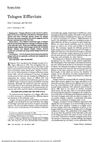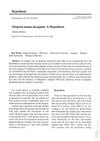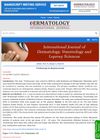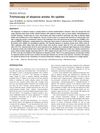Histopathologic Features of Alopecia Areata Incognito: A Review of 46 Cases
February 2012
in “
Journal of Cutaneous Pathology
”
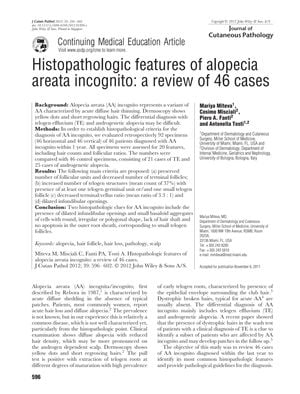
TLDR The research found specific signs to diagnose alopecia areata incognito and noted patients generally regrow hair after steroid treatment.
The study analyzed 46 cases of alopecia areata incognito (AA incognito) and proposed histopathologic criteria for its diagnosis by comparing hair counts and follicular ratios from patient specimens with those from cases of telogen effluvium and androgenetic alopecia. Key findings included a preserved number of follicular units with fewer terminal follicles, an increased number of telogen structures (37% mean count), a decreased terminal:vellus ratio (mean ratio of 3.3:1), and dilated infundibular openings. The study identified dilated infundibular openings and small basaloid cell aggregates without a hair shaft as specific clues for AA incognito. All Caucasian female patients, with a mean age of 32.9 years, experienced hair regrowth after steroid treatment. The study concluded that these features could help differentiate AA incognito from other hair loss forms and generally has a favorable prognosis with treatment, though it acknowledged limitations and called for larger prospective studies to confirm the findings.
